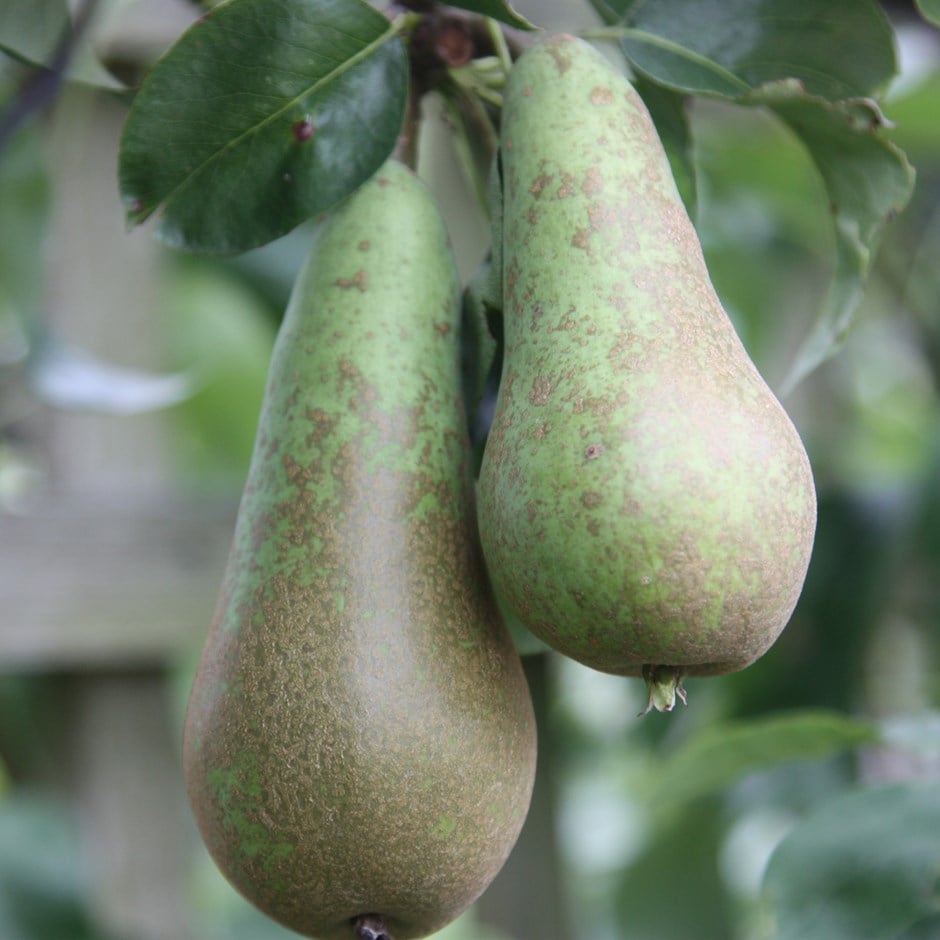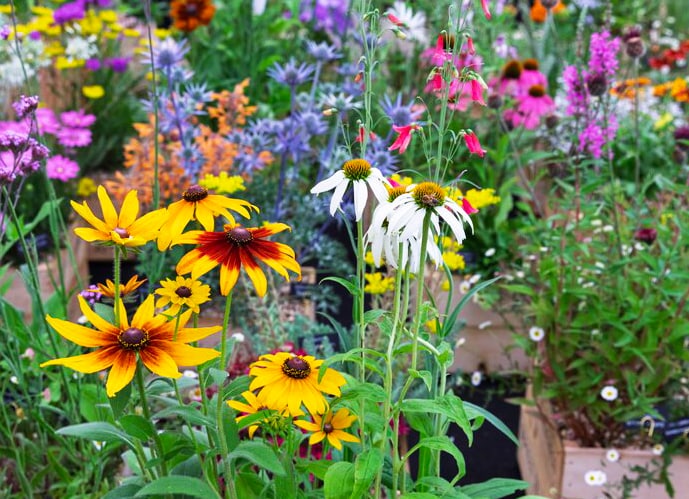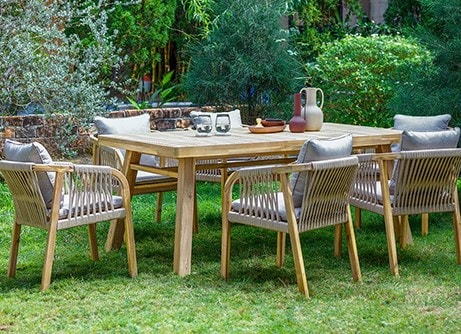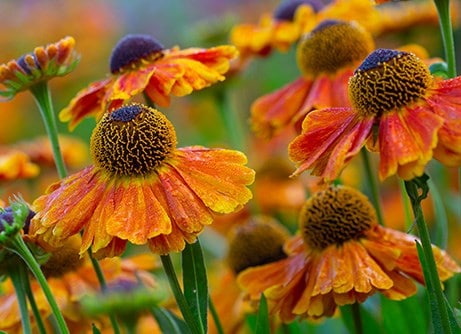
Reliable and heavy cropping, this pear produces crisp, sweet fruit. White spring blossom appears in mid-season, followed by long, narrow pears with green skin that ripens to yellow, often with light russeting.
The fruit has fine-textured, juicy flesh and a classic dessert pear flavour, best picked in autumn and eaten from October to November. Pear ‘Conference’ performs consistently well across the UK, including colder regions. It suits most soils, as long as they’re well drained, and prefers a sunny, sheltered spot.
As a compact tree, it’s ideal for small gardens, trained forms, or containers with seasonal pruning. It belongs to pollination group 3 but is partially self-fertile, making it a good choice for reliable cropping even when grown alone.
If you choose the top worked option, the crown of this small tree has been grafted onto the upright stem of the rootstock at a height of 70cm, which will limit the eventual height. Perfect for a small garden or growing in a large pot with a loam-based (John Innes) compost.
The fruit has fine-textured, juicy flesh and a classic dessert pear flavour, best picked in autumn and eaten from October to November. Pear ‘Conference’ performs consistently well across the UK, including colder regions. It suits most soils, as long as they’re well drained, and prefers a sunny, sheltered spot.
As a compact tree, it’s ideal for small gardens, trained forms, or containers with seasonal pruning. It belongs to pollination group 3 but is partially self-fertile, making it a good choice for reliable cropping even when grown alone.
If you choose the top worked option, the crown of this small tree has been grafted onto the upright stem of the rootstock at a height of 70cm, which will limit the eventual height. Perfect for a small garden or growing in a large pot with a loam-based (John Innes) compost.
How to care for pear Conference:
When planting your pear, prepare a hole up to three times the diameter of its root system. Fork over the base of the pit in readiness, incorporating plenty of organic matter into the backfill and planting hole.
Avoiding frozen and waterlogged soil, trees should be planted out as they arrive. If you've ordered a bare root tree, soak the roots in a bucket of water for half an hour prior to planting, or if this is not possible, they can be heeled in temporarily, covering their roots with soil, or potted up.
Pears naturally shed a small quantity of the developing fruits in mid summer. After this has occurred thin out the remaining pears, leaving one pear per cluster. Add a high-nitrogen feed in spring.
In August summer prune. Shorten any side shoots (or laterals) which are longer than 20cm back to three leaves. This will allow the sun to ripen the fruit and encourage more fruit buds. Make sure that the growth you’re cutting away feels firm to the touch.
The main prune should be done in the winter as long as it isn't frosty or freezing. Take out the 3D’s (dead, dying and diseased wood) and create an open shape. Then reduce the leaders back by a third. Aim to create an airy structure without any crisscrossing branches.
Pollination Information: Though partially self-fertile, this pear will produce a bigger crop if planted with another variety of pear. Ideally this should come from the same pollination group 2, however it is possible to use one from group 1 or 3 as well.
Avoiding frozen and waterlogged soil, trees should be planted out as they arrive. If you've ordered a bare root tree, soak the roots in a bucket of water for half an hour prior to planting, or if this is not possible, they can be heeled in temporarily, covering their roots with soil, or potted up.
Pears naturally shed a small quantity of the developing fruits in mid summer. After this has occurred thin out the remaining pears, leaving one pear per cluster. Add a high-nitrogen feed in spring.
In August summer prune. Shorten any side shoots (or laterals) which are longer than 20cm back to three leaves. This will allow the sun to ripen the fruit and encourage more fruit buds. Make sure that the growth you’re cutting away feels firm to the touch.
The main prune should be done in the winter as long as it isn't frosty or freezing. Take out the 3D’s (dead, dying and diseased wood) and create an open shape. Then reduce the leaders back by a third. Aim to create an airy structure without any crisscrossing branches.
Flowering period:
- Jan
- Feb
- Mar
- Apr
- May
- Jun
- Jul
- Aug
- Sep
- Oct
- Nov
- Dec
Position:
Full sun
Rate of growth:
Average
Soil:
Moderately fertile, moist, well-drained soil
Hardiness:
Fully hardy
-
This plant is deciduous so it will lose all its leaves in autumn, then fresh new foliage appears again each spring.
Product options

9 litre pot | QA root stock | 1 - 1.2m
£49.99
In stock
(shipped within 3-5 working days)
(shipped within 3-5 working days)

12 litre pot | QE | top worked at 70cm
was £124.99
now £99.99
In stock
(shipped within 2-3 working days)
(shipped within 2-3 working days)

12 litre pot | QA root stock | 1m
£109.99
available to order from autumn
Unavailable

bare root | QA root stock | 1.2m
£34.99
available to order from autumn
Unavailable
1
Delivery options (pick your preferred option at checkout)
Standard Delivery£12.99
Named Day Delivery£19.99









